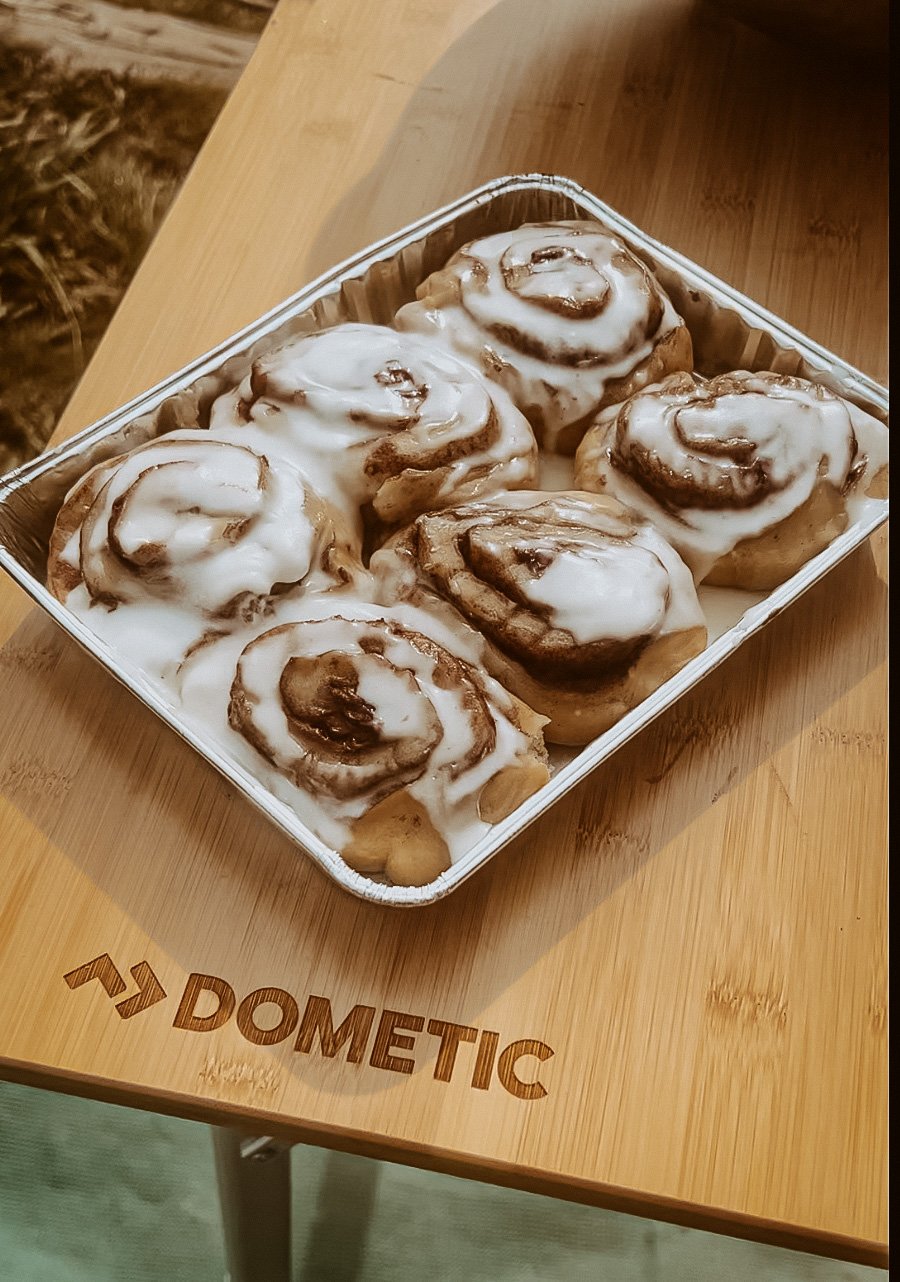Camp Eats: Prep & Store
There’s nothing quite like the thrill of spending time in the great outdoors, immersing yourself in nature’s beauty, and forging unforgettable memories around a campfire. If your trips are anything like ours, you will work up quite a hunger in between mountain bike rails and epic hikes and will need nutrition to keep fueling the stoke. In this article, we’ll explore the art of camp cooking with food storage and preparation tips. Check back for camp recipes and sample grocery lists!
Plan Ahead and Optimize Ingredients: As the camp chef, set yourself up for success by devoting time ahead of the trip to meal plan and make a detailed grocery list. Create a detailed menu with versatile ingredients that can be used in multiple dishes. Choose ingredients with a longer shelf-life: canned goods, dried fruits, nuts and grains are great options. These won’t take up space in your fridge or cooler but provide a ton of nutrition and energy for your journey! My favorite camp hack for refit days on the road: GROCERY PICK-UP. Maximize your time outdoors by ordering groceries to the nearest grocery store for pick-up, and get back into the wilderness faster. Don’t forget to bring along your most-loved and basic spices and seasonings to elevate the taste of your favorite meals.
Food Prep and Storage: For shorter trips, chop, dice, and prepare ingredients at home before embarking on your journey. Label and store them in reusable containers or sealable bags in portioned sizes to make meal preparation a breeze. Invest in compact, stackable, and airtight containers to store pre-cut ingredients, leftovers, and spices. These containers help prevent food spillage and spoilage and optimize your storage space. Our most-used food storage hack: using a Nalgene water bottle to store fresh eggs! Ziplock bags are your best friends when it comes to efficient food storage. They are lightweight, versatile, and can be used to marinate meats, store snacks, or even double as makeshift trash bags. In an effort to conserve, we opt for the reusable ones - there’s some great options out there to keep plastic waste low.
Camp Kitchen: Opt for versatile cooking equipment like a compact camp stove, a portable grill and a multi-purpose pot or skillet. We prepare most of our meals on the Tembo Tusk Adventure Skottle, which helps keep dishes and clean up low - much appreciated by the chef! There’s no more authentic camp cooking that the smoky flavor from cooking over the campfire; we use a cast iron grill grate to cook over our fire. Grilling vegetables, skewing meats and foil packet meals are fantastic ways to create savory delicious meals at camp.
You might be miles away from the nearest appliance or grocery store, but that doesn’t mean you can’t indulge in a mouthwatering meal with your crew. Cooking and sharing a warm meal around the campfire is perhaps the quintessential camp memory and with strategic planning, thoughtful ingredient choices and a dash of creativity, you can create flavorful meals that fuel your journey and warm your soul.




